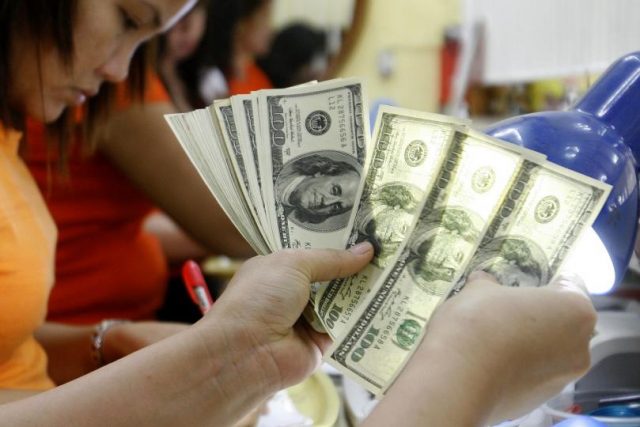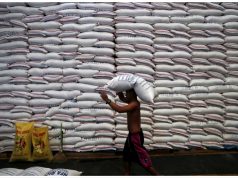MANILA – The country’s balance of payments (BoP) position reverted to a deficit in January amid bigger outflows due to debt payments and as the central bank smoothed out foreign currency swings.
The Philippines posted a $531-million BoP deficit last month, a reversal from December’s $917-million surplus and widening from the $9-million deficit logged in January 2017, the Bangko Sentral ng Pilipinas (BSP) reported late on Monday.
“Outflows in January 2018 stemmed mainly from foreign exchange operations of the BSP and payments made by the national government for its maturing foreign exchange obligations,” the central bank said in a statement.
The BoP measures the country’s transactions with the rest of the world at a given time. A deficit means more funds left the economy than what went in, while a surplus shows that more money entered the Philippines.
Outbound funds were partially offset by foreign currency deposits of the national government, as well as a steady stream of income from the central bank’s offshore investments.
These were also the reasons cited by the central bank in explaining the decline in gross international reserves in
January to $81.2 billion from $81.57 billion the month before.
Economists have pointed out that the widening current account deficit, which makes up the bulk of the country’s BoP position, has been affecting market sentiment towards the Philippines.
BSP officials, however, said that the current account deficit is unavoidable due to increased public spending and investments led by the government, with the goal of boosting economic growth to as fast as 7-8% from last year’s 6.7%, 2016’s 6.9% and the 6.2% average in 2010-2015.
In 2017, the BoP settled at an $863-million deficit, better than the $1.4-billion gap expected by the central bank but wider than the $400 million shortfall posted a year prior.
The BSP expects a $1-billion BoP deficit this year, with improved foreign investment flows expected to offset the impact of higher importations as domestic economic activity remains upbeat. — Melissa Luz T. Lopez









